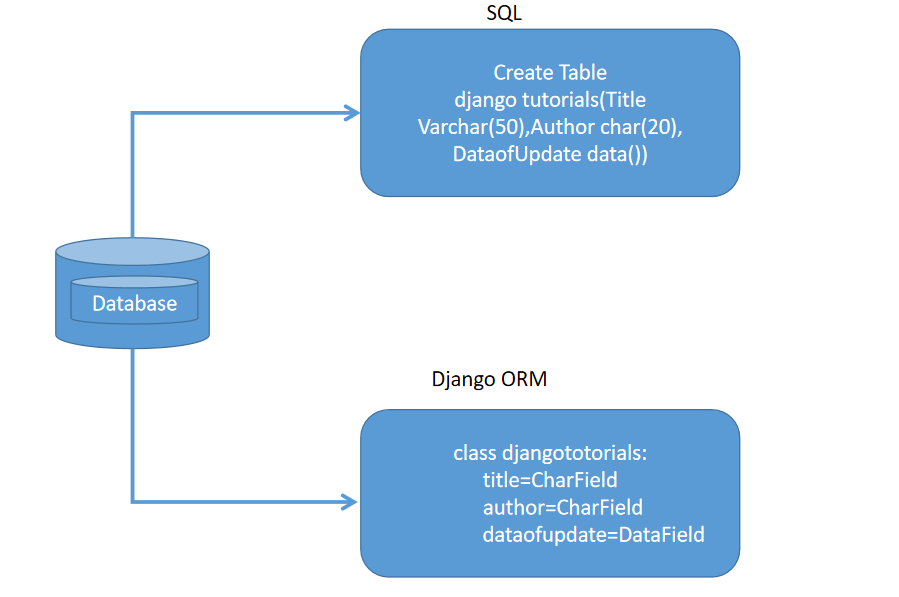Get
in touch
Thank you for your interest in TechieDoods and our services. Please feel free to contact us with any questions that you might have. We will be glad to hear from you!
Django is known for its pre-embedded common functionalities and increased security features by default. In today's world, dynamic implication of data is indispensable rather than static implication of data. Dynamic data handling is achieved by storing and retrieving the data to/from the databases and then rendering it to our webpage when and wherein needed. ORM is one credible factor to the popularity of django due to its dynamic application. ORM in general is a simple interfacing between two contradictory systems. Such systems run on its own base language and we definitely need an interpreter to solve the difference.

ORM(object-relational mapping) specifically uses object-oriented programming technique to sync the gap. The question raised here is what two different systems are we revolving around? Well, it's the python application and the database engines. As all of us know, python is an interpreted programming language and database engines are a query based language (any database engines). ORM takes the responsibility of conjoining the query language with the programming language. Here, to accomplish this, we are introduced to the ORM concept called migration. For every revamping of the python models(class), a new migration file is created and this process is named as migration. These migration files are later used for defining the database structures irrespective of the database engines. Migrations can be considered as a version control system, keeping a trail of all the alterations done in the python model providing us the flexibility to switch between various database versions.
For the most part, a model class in python is converted into a database and its instance attributes into database fields. ORM is implemented just like any other library written in python. This library is in charge of generating migration files for the python models. This way, ORM helps us attain a database structure with predominantly any database engine without having to know its design, implementation or specific query language. Moreover, not only can we use python language for defining a database, but also the resilience of using raw SQL queries. Thus combining the logical potential of python's object oriented language with the ORM's power of extracting data keeps django inevitable.

Thank you for your interest in TechieDoods and our services. Please feel free to contact us with any questions that you might have. We will be glad to hear from you!